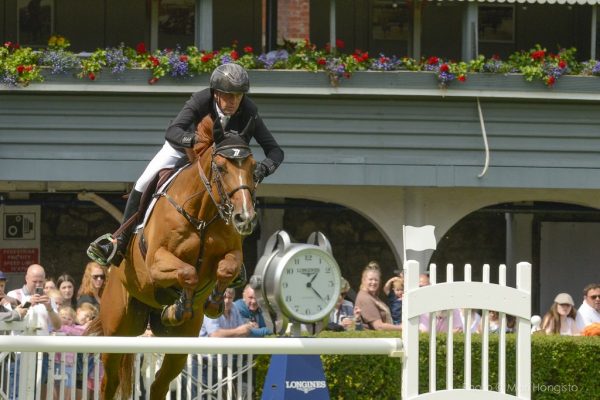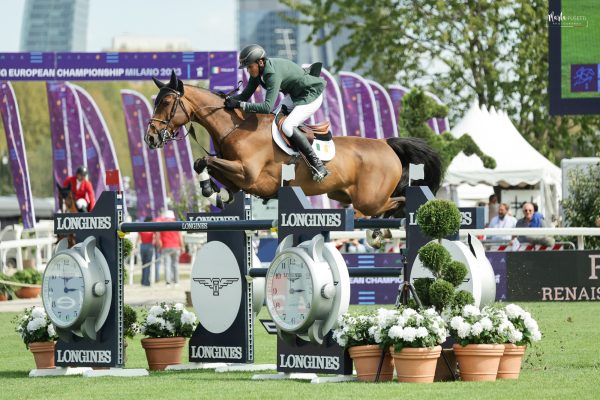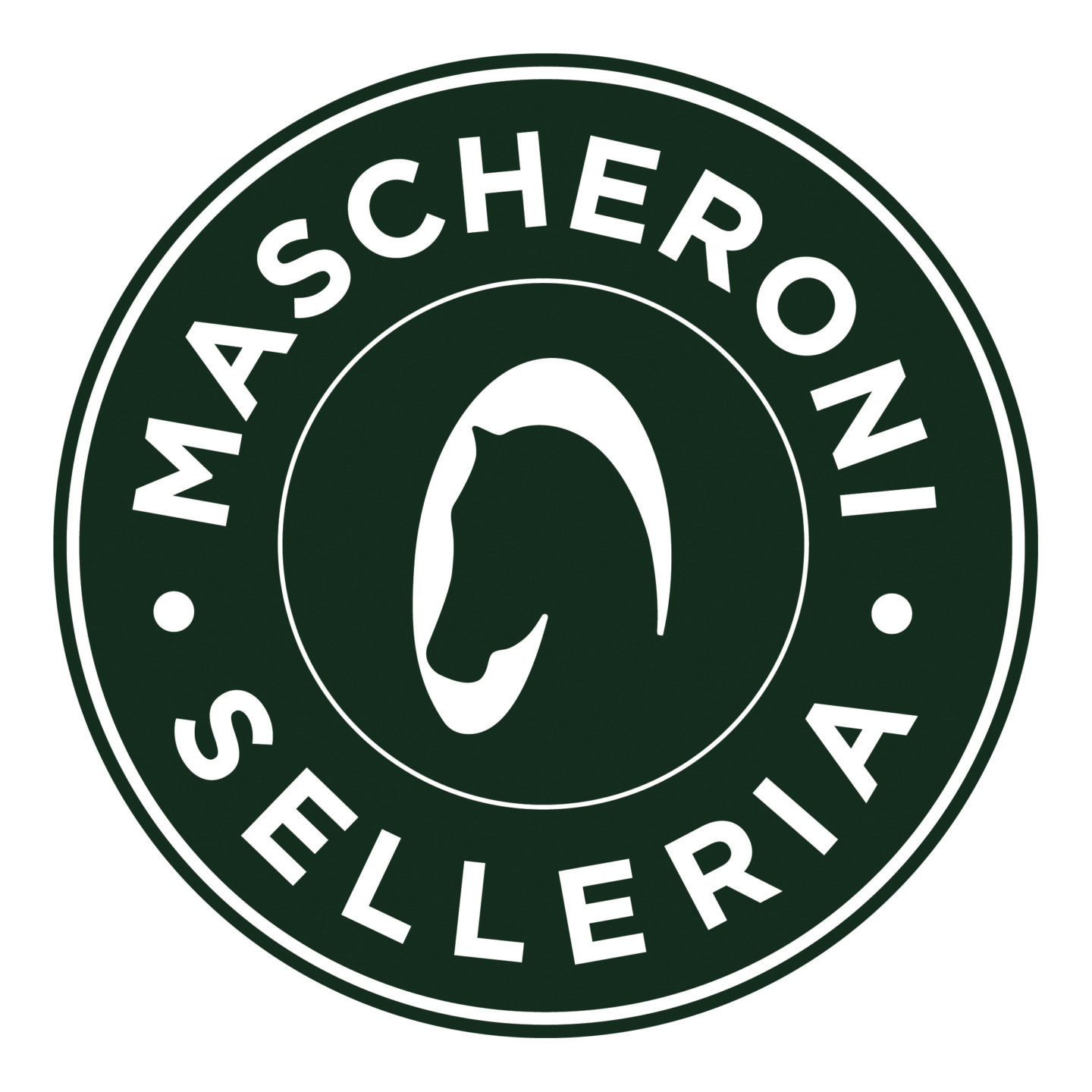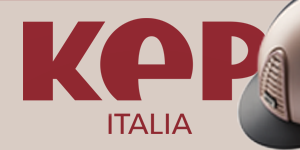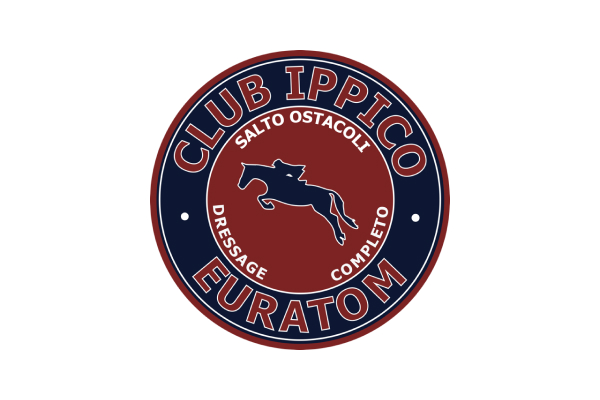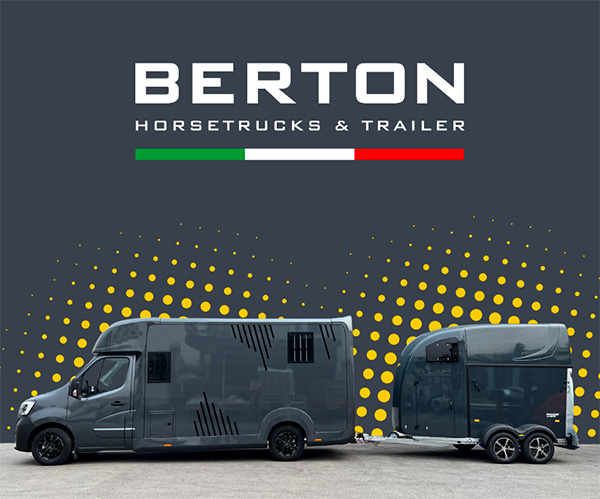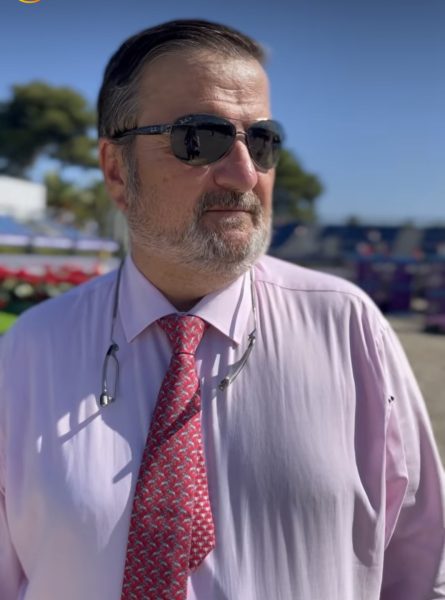
HSJ’s interview with the Olympic course designer Gregory Bodo
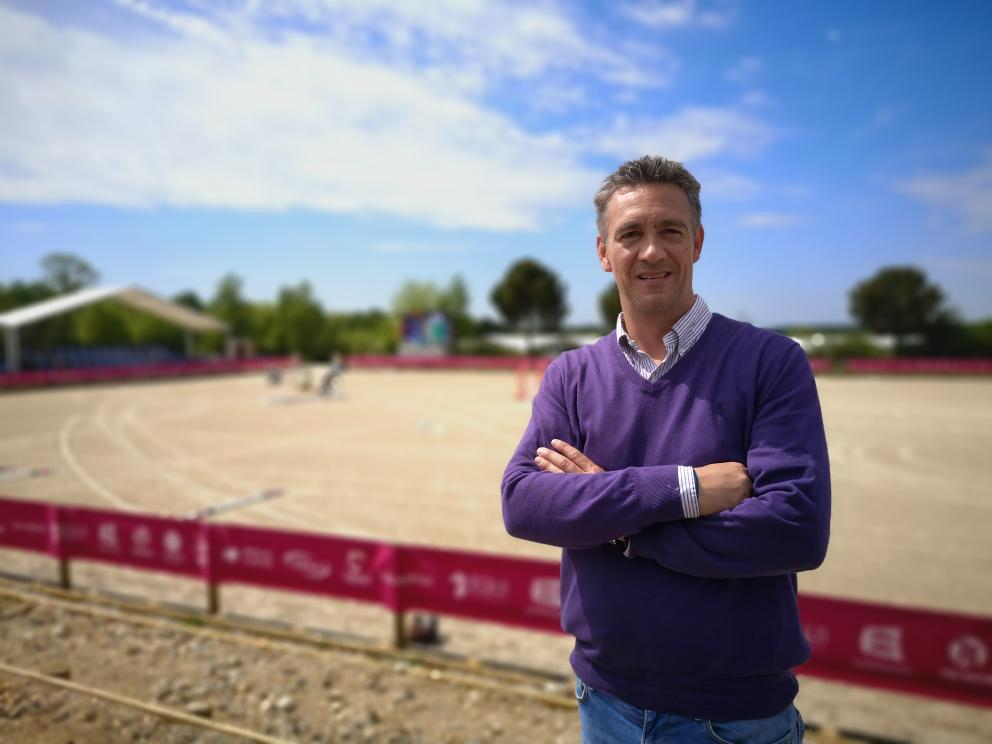
The Art and Science of Show Jumping Course Design
Show jumping is a sport that beautifully marries equestrian grace and precision with the thrill of competition. Behind each remarkable round of jumps, there lies the art of course design, orchestrated by individuals like FEI Course Designer Gregory Bodo. With over a decade of experience and a Level 4 FEI distinction, Gregory Bodo offers insights into the intricacies of his craft.
Bodo says to our team: “I have always lived in front of the equestrian center (east of France near German border), I started horse riding when I was 7. Rather young, around 15 years old I wanted to help the course designers who officiated in my club during some big shows jumping… In fact, I was a jump crew. I did it for 2 years and in the same time, I followed the main regional course designer in order to learn more about this special function. I was immediately interested for this intriguing side, for example draw freehand a course, establish the distances, choose the material and make decoration. I think that the most important thing was the imagination, the total freedom to propose a good course for riders and horses.”
He continues “After this little experience I took part in some training sessions to learn the course design. I passed the first national level at the age of 18 years, in parallel I continued to ride a horse and especially for jumping competitions (1.30m class). In 10 years I got the highest national level and since 2008 I became International CD with Level 4 in 2019 (highest FEI distinction). In finality, the course designing is above all the passion that I share with my initial job as a marketing teacher.”
The Creative Process: From Imagination to Execution
Bodo begins his course design process by emphasizing the importance of imagination. He believes that each show and competition should be unique, reflecting the creativity of the designer. But this creativity must be balanced with numerous factors, including the level of the competition, rules, the quality of the footing, and the atmosphere.
“Firstly you must ‘let’s talk about your imagination,’ each show and each competition will be different,” says Bodo.
Generally, once the initial concept is formed, he utilizes technology to finalize the competition’s details, such as the type of jumps, heights, distances, decoration, and materials. However, Bodo emphasizes the significance of the fieldwork, as the actual course layout may sometimes differ from the master plan.
Tailoring Courses to Competitors
Bodo’s designs are far from one-size-fits-all. He takes into account the specific characteristics of the competition, the riders, and the horses.
“My philosophy is to always create courses with enough room before and after the obstacles requiring forward moving and asking questions to the rider instead of requiring intense efforts from the horses (to be subtile and delicate),” he suggests, highlighting the need to consider the horse’s comfort and performance.
Gregory also pays close attention to the distribution of obstacles, jump profiles, distances, fluidity of the track, and turns.
The suspense also plays an important role: “In my opinion, we must keep the suspense until the end, especially during the jump-off,” Bodo explains.
He says that, before the show, the course designer has to:
- Read carefully rules and schedule of the show
- Consult the commitments (horses & riders)
- Consider if the class is a competition qualifier for big events (ex: Paris 2024 etc…)
- How many the starters are
While, during the show, he has to:
- Always look and analyze the first competitions (normal class or warm-up), if the behavior of horses is right and if they jump very well
- Increase in power day after day (concerning the level of difficulties and efforts)
- Think about the horses’ welfare
- Promote the forward movement
- Be careful concerning the distribution of fences, the jump profiles used, the choice of distances, and the fluidity of track and turn….
Challenging and Memorable Courses
Bodo’s portfolio includes numerous memorable and challenging courses. One that stands out is his first Grand Prix World Cup in Lyon (2017) and also the last Nations Cup in La Baule. These courses are exciting, technical, and emotionally charged, yet always respectful of the horses.
The sport of show jumping has evolved over the years, demanding less effort from horses and more skill from riders. Courses are designed with lighter obstacles that require dexterity and a focus on balance and control.
Bodo reflects on this evolution: “Nowadays, there are more very good horses and talented riders, which makes the course designer’s job more challenging. We must also keep in mind that horse welfare is paramount. Finally, the time allowed to complete the round is a major and determining factor because it is tighter
then it used to be“.
Balancing Technicality and Fairness
Finding the balance between technicality and fairness is a delicate art in course design. Bodo points out that this balance depends on various parameters, including the level of riders and horses, the type of footing, the competition’s key issues, and landscape considerations.
“I am a perfectionist on the final building, work all the details, analyze the behavior of horses during the first day of competition,” Bodo reveals.
Preparing for the Olympic Games
A momentous occasion awaits Gregory Bodo, as he is set to co-design the course for the Olympic Games in Paris 2024 with Santiago Varela (read his interview, click here). When asked about his reaction upon hearing the news, he expressed his delight.
“First of all, I was happy and proud to be appointed,” says Bodo. “Horse welfare is my first priority, but we also want to provide great emotions to the public. The big sport should remain above everything.”
As Bodo and his team work diligently to prepare for this prestigious event, we can expect a course that reflects his passion for the sport, dedication to horse welfare, and commitment to providing the world with a memorable show jumping spectacle.
In the world of show jumping, Gregory Bodo stands as a creative force and a guardian of fair play, always looking to inspire both riders and spectators with his meticulously designed courses.
His journey from a young equestrian enthusiast to a renowned FEI Course Designer is a testament to the enduring artistry and innovation in the world of equestrian sports.
Photo provided by Gregory Bodo
© Rights Reserved.




.png)



